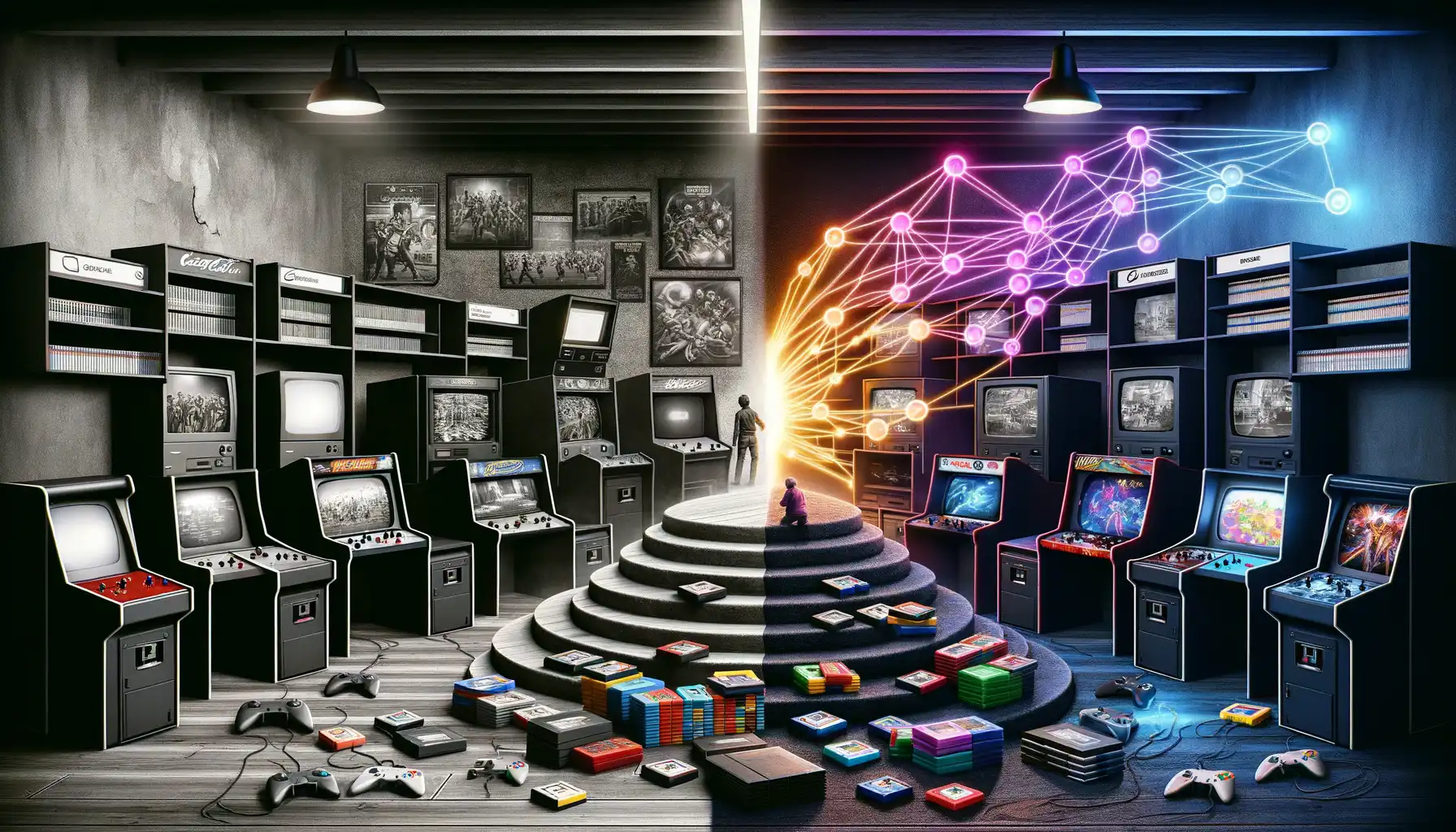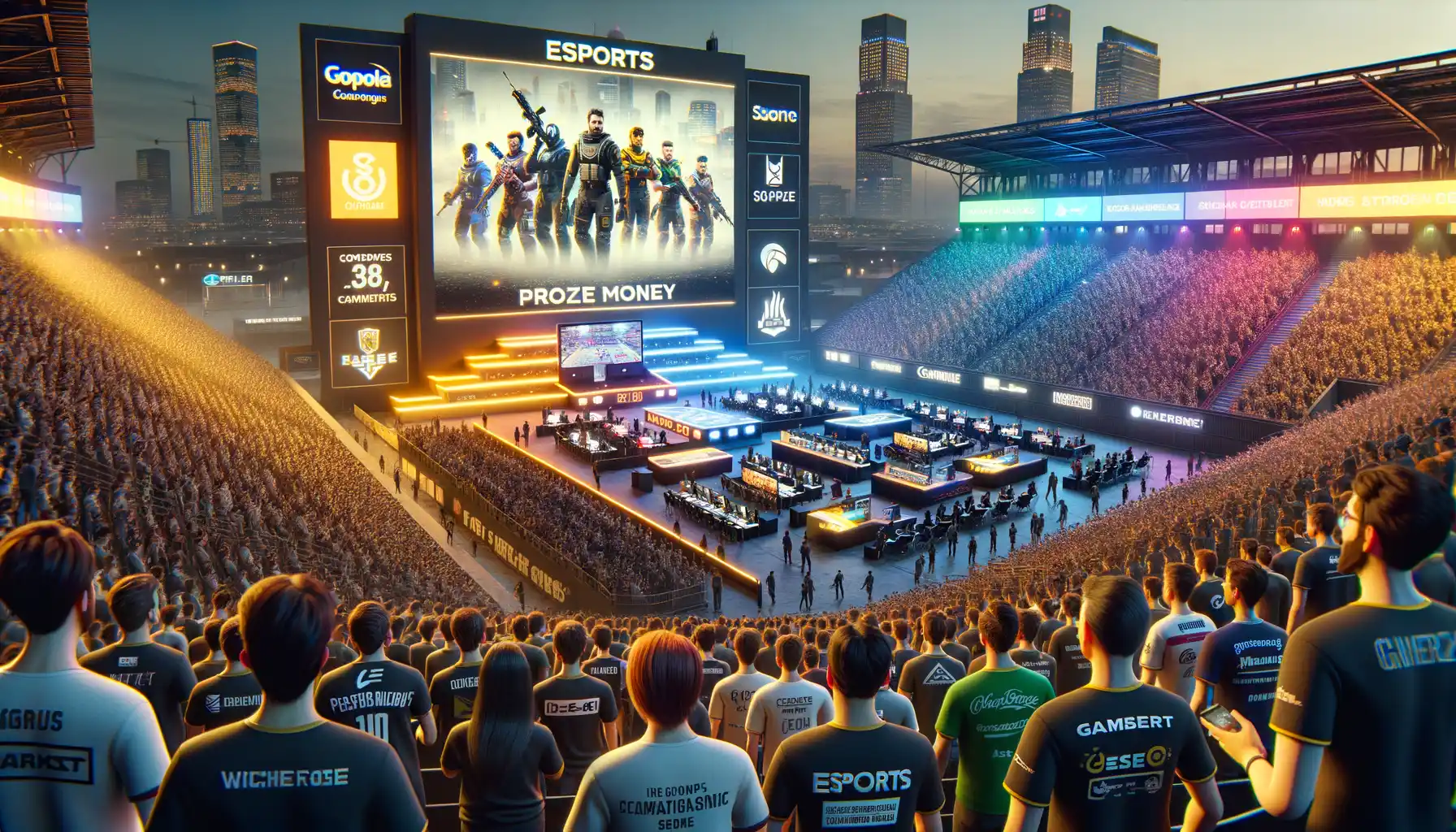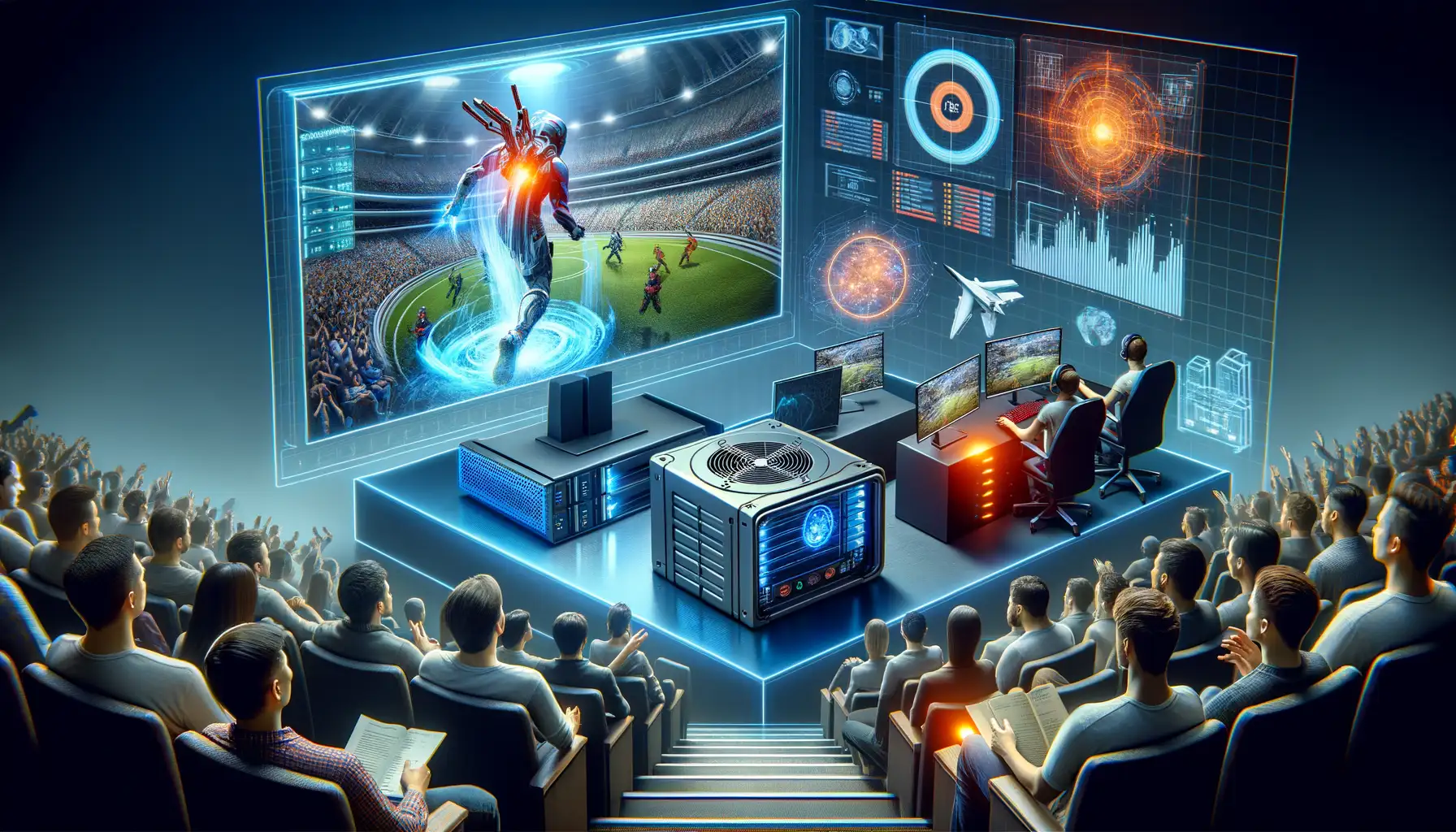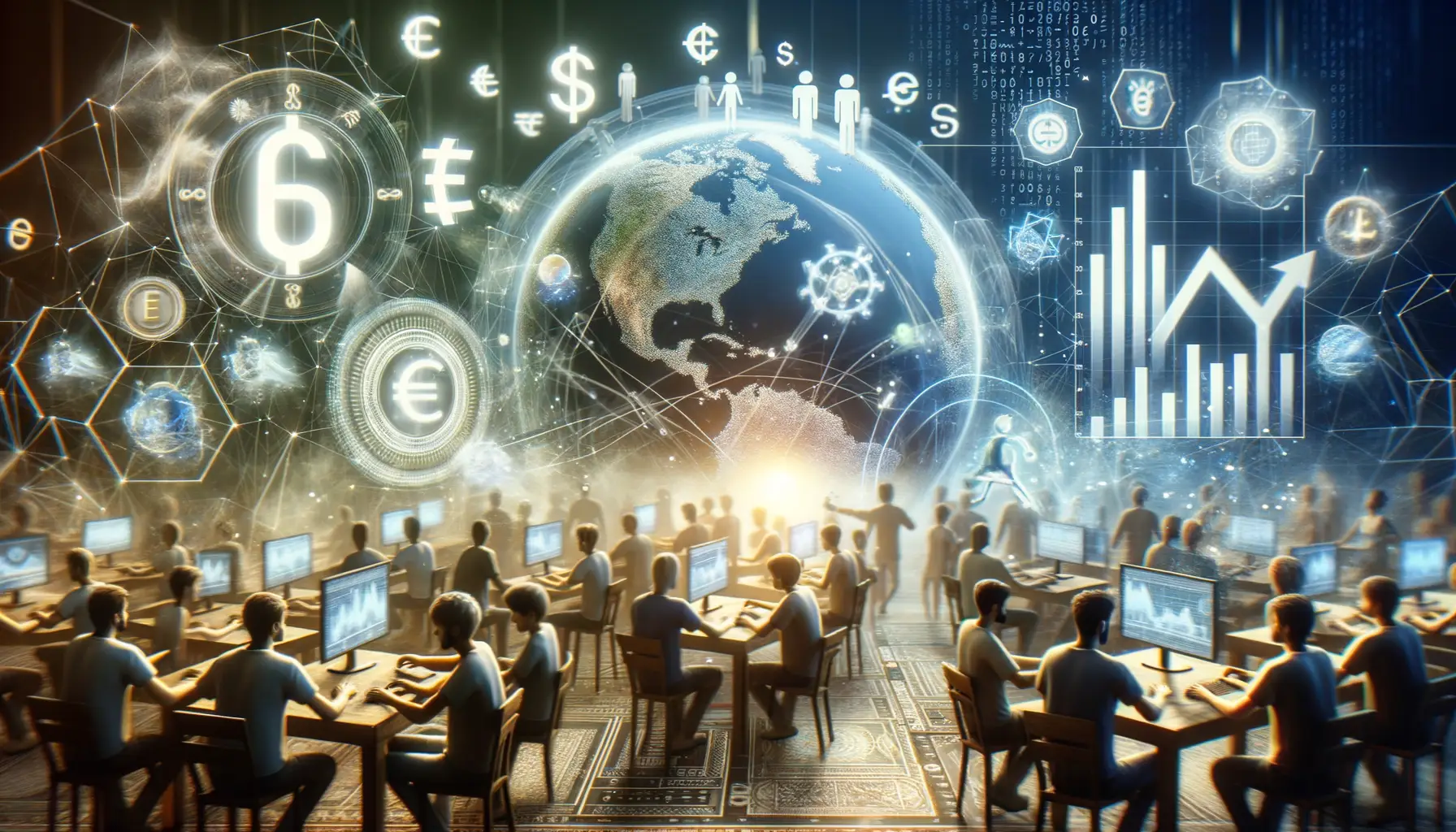Introduction to Esports and Its Global Impact
What Makes Esports a Global Phenomenon?
Imagine a packed stadium, not for a soccer match or rock concert, but for players commanding virtual armies or scoring goals in pixelated arenas. Welcome to the electrifying world of esports, where the high-energy blend of strategy, skill, and entertainment has captivated millions. But it’s not just about the games—it’s about the shared passion, the late-night streams, and the triumph of underdog stories that connect people across time zones.
The global impact of esports is nothing short of staggering. Here’s why:
- A massive audience: Over 500 million fans watch esports tournaments every year, rivaling the viewership of traditional sports like basketball.
- Cultural bridges: Esports unites players from Seoul to São Paulo, breaking language barriers through a universal love of gaming.
- Career opportunities: Gamers have become household names. Think of players like Faker or Ninja, who’ve turned their skills into global brands.
Whether it’s kids dreaming big in internet cafes or billion-dollar investments flooding into the industry, esports has transformed pixels on screens into a movement that resonates worldwide.
The Human Stories Behind the Screens
Beneath the flashy graphics and booming sound effects lie real human stories. Picture this: a young teen in Sweden spends months perfecting their skills in Dota 2 while balancing schoolwork, only to lead their team to win an international tournament. Or think of communities forming around Twitch chat—total strangers cheering together in a kaleidoscope of inside jokes and emojis.
These aren’t just solitary experiences; they’re deeply communal. Esports thrives on its ability to make anyone feel part of something bigger. Whether you’re a dedicated player, a casual viewer, or just someone amazed by the creativity of this digital frontier, esports offers a stage where talent and heart truly shine.
Historical Development of Competitive Gaming

Where It All Began: The Dawn of Digital Competitions
The story of competitive gaming is like stepping into a time machine filled with flashing screens and the buzz of eager players. It all started back in the 1970s, long before “Esports” became a household name. Picture this: Stanford University, 1972. A group of tech-savvy students battling it out on the classic game Spacewar!. The prize? A year-long subscription to Rolling Stone magazine. Modest by today’s standards, but it was the spark that lit the fire.
Fast forward to the 1980s, and arcades became the gladiator arenas of the joystick-wielding generation. Games like Donkey Kong and PAC-MAN turned casual gamers into local legends. The first major televised event, the 1980 Space Invaders Championship, drew over 10,000 participants across the U.S. Suddenly, competitive gaming wasn’t just a niche—it was a phenomenon.
The Internet Era: From LAN Parties to Global Arenas
By the late ’90s, home computers and the internet revolutionized everything. Remember those old LAN parties? Rooms packed with friends, pizza boxes piling up, all connected by a tangled mess of cables. That grassroots scene evolved rapidly into global tournaments like QuakeCon and World Cyber Games.
And the games? Pure magic. Titles like StarCraft dominated South Korea, creating a national obsession. As broadband internet spread, so did online multiplayer, giving birth to fan-favorite games such as Counter-Strike and Dota. These were more than games—they were battlegrounds, where tactics, strategy, and adrenaline collided.
- 1980s: Arcades reign supreme with high-score battles on games like Street Fighter.
- 1990s: The rise of home PCs introduces LAN-based competitions and online connectivity.
Today’s Esports tournaments owe everything to these humble roots. What started as a local pastime grew into stadium-filling spectacles, complete with roaring fans and million-dollar prizes. Isn’t it wild how far we’ve come?
Key Factors Driving the Growth of Esports

The Power of Technology and Connectivity
Imagine a world where the boundaries of competition dissolve, and anyone with a computer or console can join the fray. That’s exactly what’s happening in esports, driven by advancements in high-speed internet and cutting-edge technology. Seamless online connectivity has turned gaming into a true spectator sport, bringing players from Tokyo to Toronto together in real time. Platforms like Twitch and YouTube Gaming have become the digital stadiums of this era, drawing millions of viewers who cheer, chat, and engage as if they’re right there courtside.
Add to that sophisticated gaming rigs, affordable peripherals, and jaw-dropping graphics engines that rival Hollywood productions—you’ve got an irresistible recipe for growth. Gamers today aren’t just playing; they’re stepping onto virtual battlegrounds that feel alive and electric. It’s tech meets adrenaline!
Cultural Shifts and Explosive Fandom
Esports isn’t just a hobby anymore—it’s a global phenomenon that’s breaking down stereotypes about gamers being lone wolves in basements. The tribal energy of traditional sports has found a new home here, sparking loyalty to teams, players, and even entire games. Major tournaments like The International, League of Legends World Championship, and Fortnite World Cup are now household names, offering prize pools that make jaws drop.
Why such passion? Here’s a quick look:
- Accessibility: Anyone with a controller or mouse can aspire to greatness.
- Representation: Diverse players and teams reflect fans from every corner of the world.
- Community: Fans don’t just watch—they connect, debate, and celebrate together online.
For many, esports represents more than entertainment—it’s a lifestyle, a shared identity, and a ticket to belonging in a massive, buzzing hive of creativity and competition.
Economic and Cultural Influence of Esports

The Economic Powerhouse of Competitive Gaming
If someone told you two decades ago that kids playing video games in their bedrooms would one day contribute billions to the global economy, you’d probably laugh. Yet here we are. Esports has evolved into a financial juggernaut, propelling industries like tech, media, and even tourism into uncharted territory.
Consider this: by 2023, the global esports market was estimated to surpass $1.5 billion in revenue—a number that feels more like a phone number than a financial figure. But where does all this money go?
- Sponsorships: Massive brands like Adidas, Red Bull, and Intel clamoring for visibility on players’ jerseys and live streams.
- Streaming platforms: Twitch, YouTube, and others raking it in from ad revenue and paid subscriptions.
- Esports tourism: Fans traveling across countries just to attend events like The International or League of Legends World Championship.
This is no longer “just gaming”; it’s a whole ecosystem.
Shaping Global Culture One Match at a Time
Beyond dollars and cents, the cultural footprint of esports is undeniable. It’s breaking stereotypes, redefining entertainment, and forging entirely new communities. Think of the universality of sports like soccer—only now, it’s digital.
Take South Korea, where games like StarCraft are practically a national pastime, with pros treated like celebrities. Or consider how esports tournaments regularly bring together millions of viewers globally to cheer on their favorite teams, regardless of nationality, accent, or background.
It doesn’t stop there. Esports has fostered a thriving culture of creativity—fans create stunning fan art, casters entertain with electric commentaries, and cosplayers dazzle at gaming conventions. It’s more than competition; it’s a celebration, a statement, and, for many, a lifestyle.
Future Trends and Challenges in the Esports Industry

The Next Frontier: Emerging Technologies in Esports
The future of the esports industry is painted in bold, electrifying strokes, thanks to groundbreaking technologies that are reshaping the competitive gaming landscape. Imagine arenas where players wear advanced VR headsets, blurring the line between virtual and physical worlds—this isn’t science fiction, it’s almost here. Augmented Reality (AR) could turn everyday spaces into immersive battlegrounds, making games like Fortnite or PUBG feel like they’re happening in your living room.
And let’s talk about Artificial Intelligence (AI). AI-powered tools are being used to create smarter, more adaptive games and even predict player performance trends. Excited yet? What’s even cooler is the rise of blockchain tech in esports. Picture this: secure, transparent prize pools, tamper-proof tournament records, and custom digital collectibles for die-hard fans. Those NFTs everyone’s hyping? They’re gearing up to be a bigger deal in esports than we can imagine.
- Cloud gaming: no downloads, instant play, limitless access.
- 5G technology enabling ultra-low latency for seamless competitions.
The possibilities are dizzying—and absolutely thrilling.
Challenges Ahead: Balancing Growth with Integrity
But as exciting as these advancements are, the esports space isn’t without its challenges. One pressing issue? Maintaining player mental health in a high-pressure, always-online culture. The same platforms that make stars out of gamers can also amplify toxicity, burnout, and cyberbullying. It’s a double-edged sword that demands thoughtful solutions.
Then there’s the sustainability question. How does an industry dependent on massive energy usage—from streaming platforms to live events—pivot toward greener practices? In a world increasingly concerned about climate change and resource consumption, this is a hurdle that esports simply cannot afford to ignore.
Lastly, the fight for regulatory clarity looms large. There’s still no universal framework on player contracts, compensation, or match-fixing prevention. Without standardized rules, how do you ensure fairness across borders and tournaments? These aren’t easy puzzles to solve, but let’s face it—esports thrives on tackling the impossible.



